您的购物车目前是空的!
Understanding Singapore Power Outlets and Voltage
Beginner's Guide to Track Sockets discussion of various topics Outlets Guide remodeling plans
Traveling to Singapore, whether for business or leisure, involves preparing for various aspects, including understanding the country’s electrical infrastructure. This guide will walk you through everything you need to know about Singapore’s power outlets, voltage, and the necessary precautions to ensure your electrical devices work seamlessly during your stay.
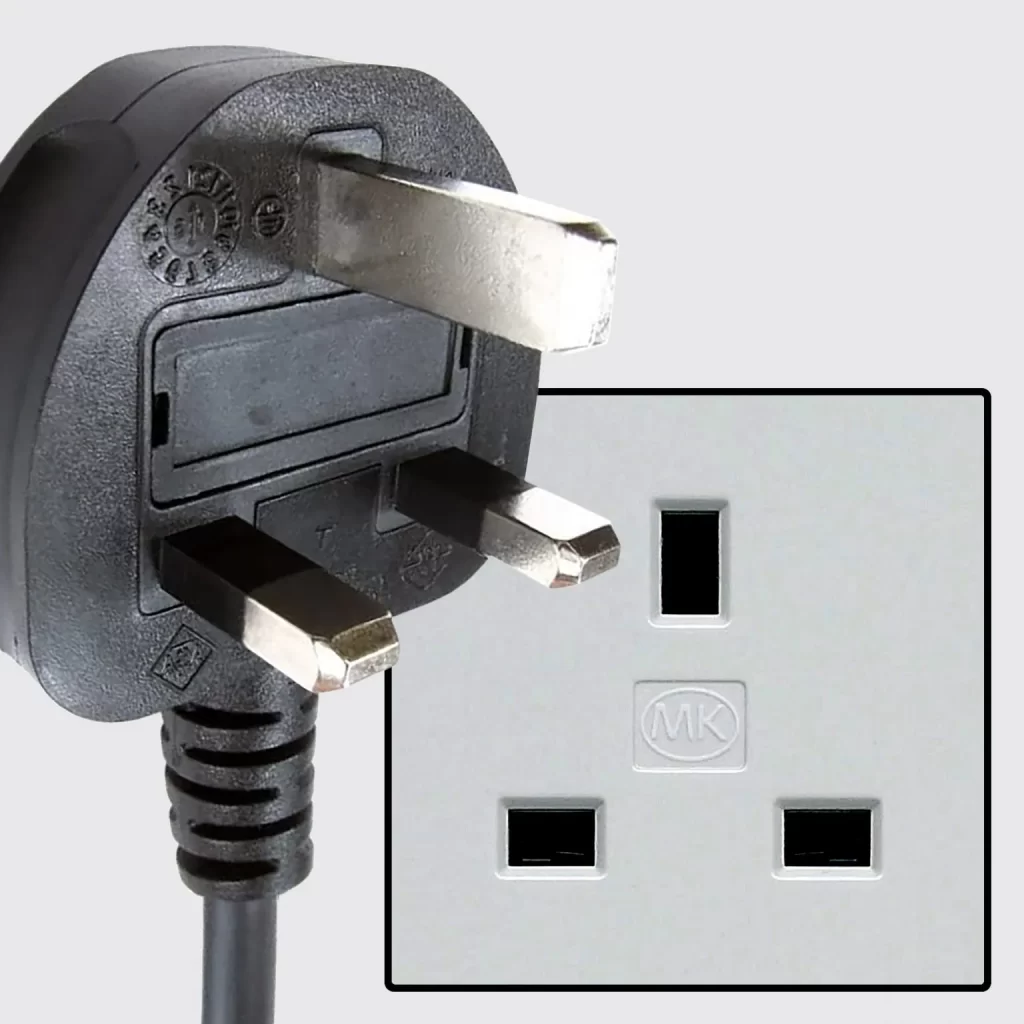
1. Singapore Power Outlet
In Singapore, there are three main types of power sockets with power plug connections: C-type, M-type and G-type: the C-type plug consists of two round pins, while the M-type plug has three round pins, with the top one being the largest and used as the grounding pin. The most common type of power socket in Singapore is the British type G socket, which has three flat rectangular pins arranged in a triangular shape. Therefore, Singapore visitors from countries with different plug types may need to carry a power plug converter.
image source:litoelectrical
The most commonly used plug in Singapore is the G-type plug, which is also used in countries such as the United Kingdom, Ireland, Cyprus, Malta, Malaysia, Hong Kong and the Arabian Peninsula.(Click here for a list of all countries that use G-plugs)
Singapore plug (G-plug) features and design
The Type G plug features a grounding pin, and when a plug is grounded, it means that in the event the wire within an appliance, like a toaster, becomes loose and touches a metallic component, the appliance will trip a circuit. This occurs because the electrical current is directed to the ground rather than charging the entire appliance, which could otherwise become electrified and pose a safety hazard.
A clever aspect of the Type G plug is the fuse integrated into the live wire. If there’s an unexpected spike in electrical current, the fuse will activate and disconnect the power to the linked device, thereby forestalling potential fires and electrical shocks.
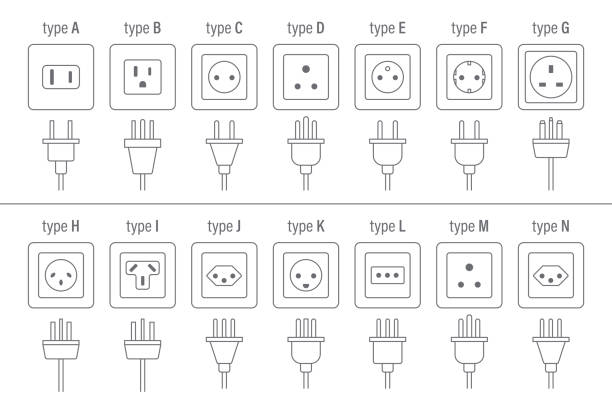
2. Voltage in Singapore
Voltage
Singapore’s power supply voltage is 230 V, which is not compatible with most American appliances. The basic household voltage in the United States is 120V/240V, but in fact most international brands already have products designed to be compatible with different countries’ voltages.
For example, wowsocket‘s main product, the track socket, is compatible with most countries (click here to see if the track socket is compatible with your country’s voltage).
However, before traveling to another country, also double-check any equipment you want to use to see what the specified voltage is. Items such as laptops are usually specified as “100 – 240V” on the device or power supply (if there is one). If not, then you will need a transformer to operate your equipment. Do not plug it in if it is not labeled to accept local voltage! Attempting to operate equipment at voltages higher than the rated voltage is extremely dangerous and can result in equipment damage, fire and serious injury to the operator!
US voltage vs Singapore
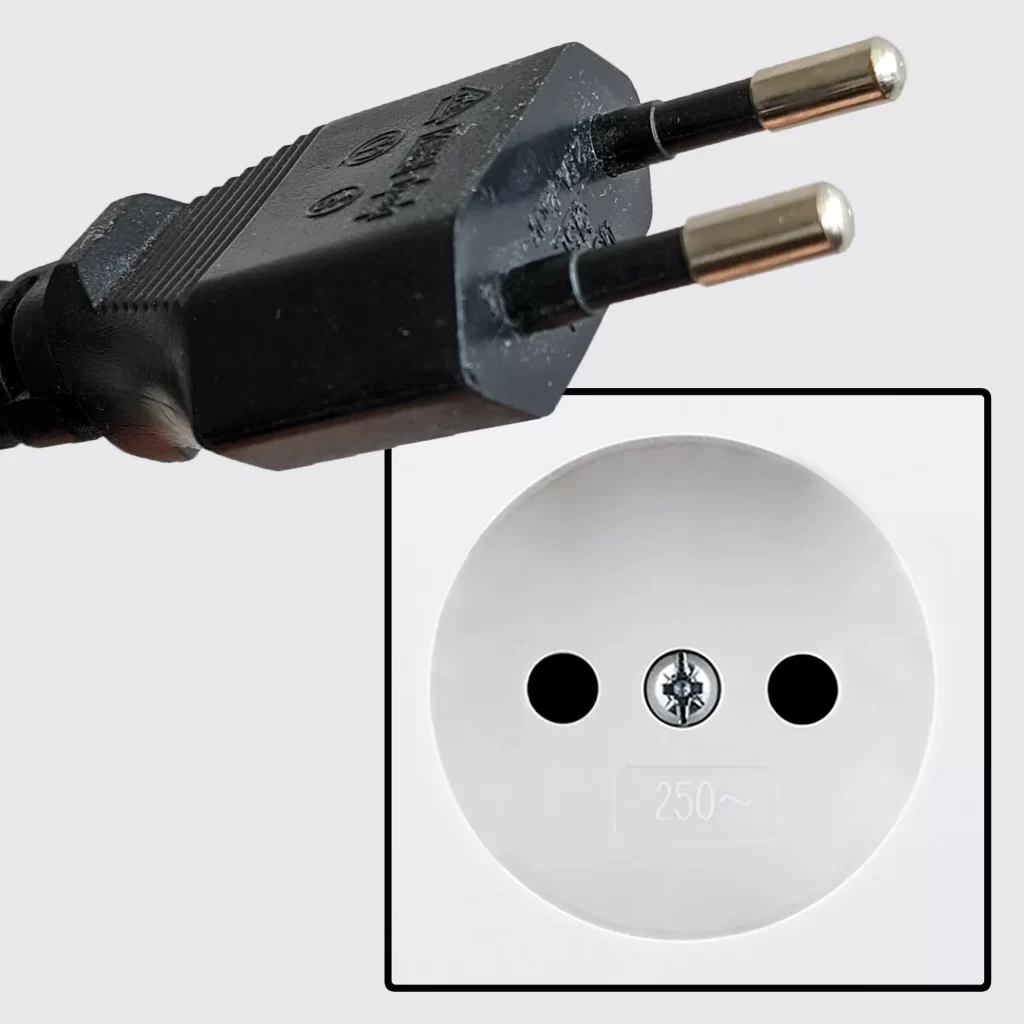
The United States has some of the most complex voltage levels for both residential and commercial applications compared to EU and IEC countries. Basic household voltage in the US is 120V/240V, whereas most IEC countries, including the UK, EU, AUS, and NZ, use a simple 230V single phase and 400-415V three-phase voltage for domestic and small-scale commercial applications.
In addition to 120V single phase voltage, larger electrical systems such as industrial equipment and large commercial buildings may require higher voltages, typically 208, 240, 247, 377, 480, 600 volts, or even more.
The sockets used in the United States are type A sockets and type B sockets
Frequency
The frequency is 50 Hz which is slightly lower than in the US (which operates at 60 Hz). In practical terms this makes little difference as most travel appliances will run at either frequency. Some items with motors, such as hairdryers and some clocks will run a little slower than intended but it is not likely to be problematic. Check your device – it may say 50/60 Hz which indicates that it is compatible with either frequency. If you are in doubt or you have sensitive or expensive equipment check with the manufacturer first as some equipment may be damaged by running on an incorrect frequency. Neither travel adapters nor transformers are able to change the supply frequency.
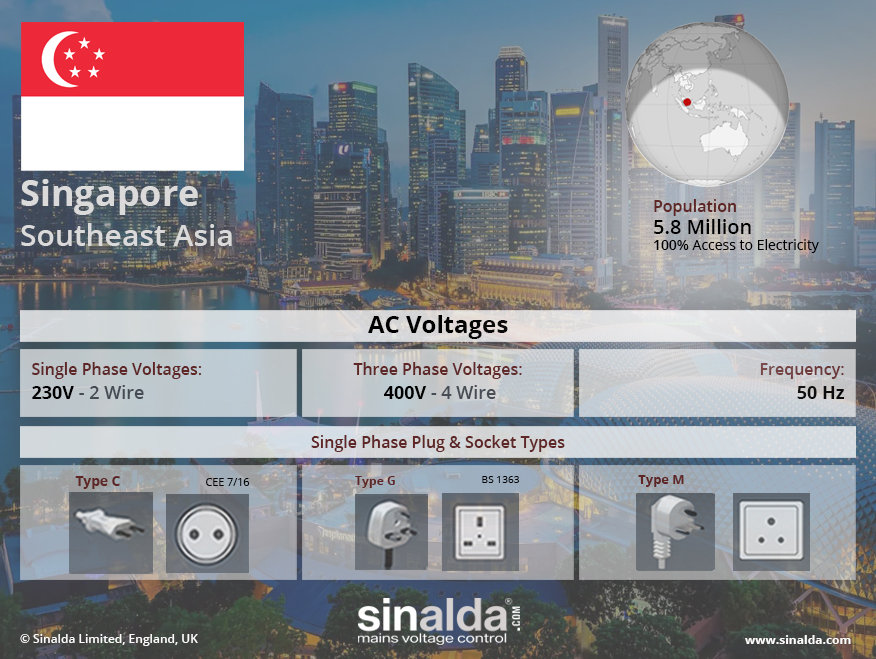
Voltage Converter and Transformer Needs
The standard voltage in Singapore (230 V) is much higher than the voltage level your devices typically operate at in the United States (120 V). Without a converter, you risk serious damage to your devices. Additionally, be aware that the frequency in Singapore differs.
A voltage converter will ensure a safe input voltage level for your devices in Singapore. You can find voltage converters at Amazon. Because you also need a power plug adapter, you might want a combined plug adapter/voltage converter.
Beware that if your converter is unable to switch frequencies, it’s not recommended to operate your gadgets. However, if you choose to do so at your own peril, be particularly careful with items that have motors or electronic chips, such as timepieces, electric razors, and medical equipment.
To confirm, inspect the label on your gadgets. Certain appliances may not require a converter at all. If the label reads ‘INPUT: 100-240V, 50/60 Hz,’ the appliance is compatible for use in any country globally. This is typical for devices with chargers like tablets, laptops, digital cameras, mobile phones, electric toothbrushes, etc. For these, you’ll only need a power plug adapter.
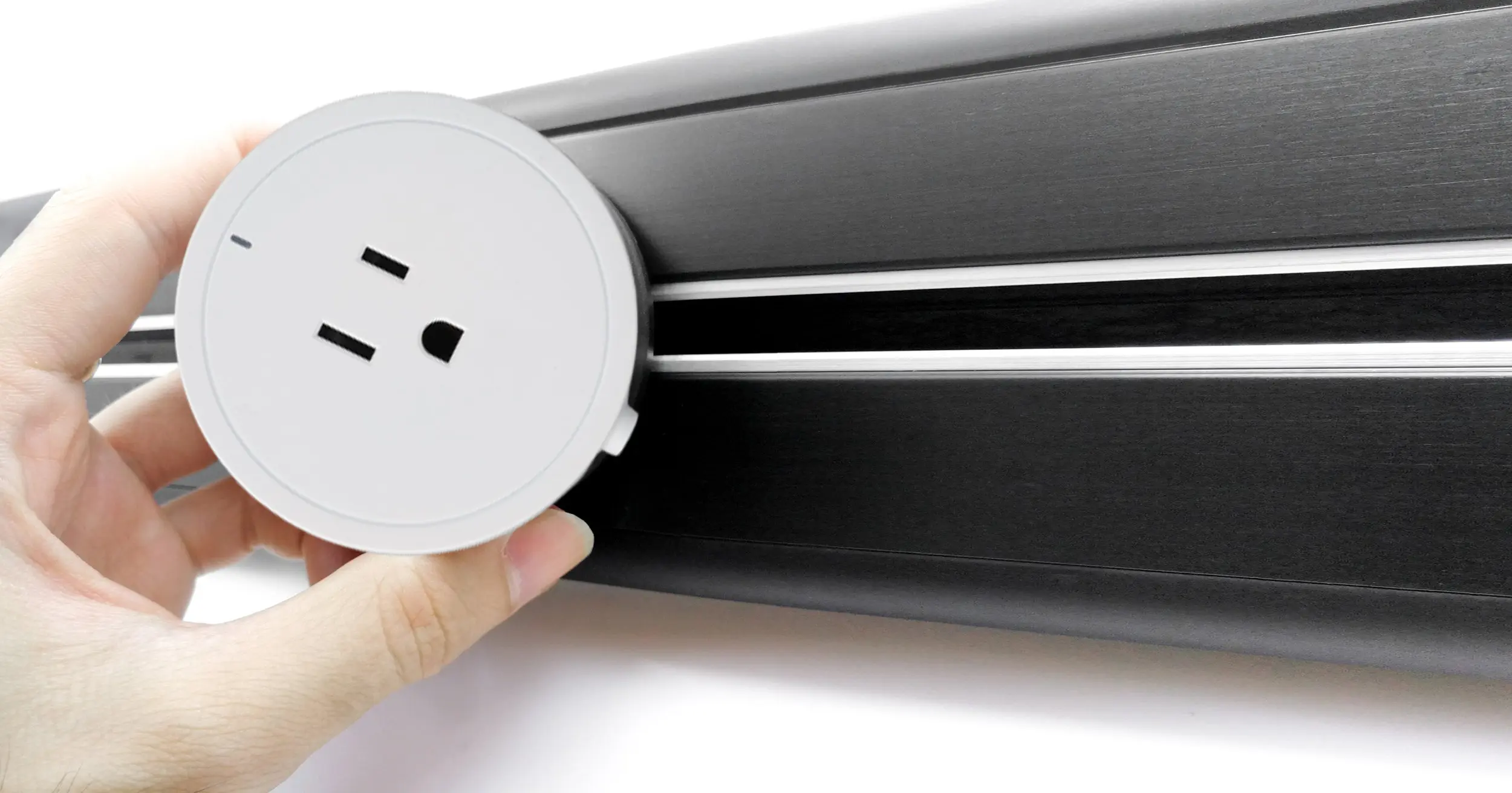
Adapters to Fit Singapore Outlets
To use your electronic devices in Singapore, you may need a plug adapter. These adapters modify the plug shape to fit into Singaporean outlets but do not alter the voltage. Ensure you choose the right adapter for your device, especially for critical electronics like laptops and medical equipment.
3. FAQs
Is Singapore A US or UK plug?
Singapore predominantly uses G-type power plugs, the same type used in some countries such as the UK, Malaysia and the UAE
Is the HK plug the same as Singapore?
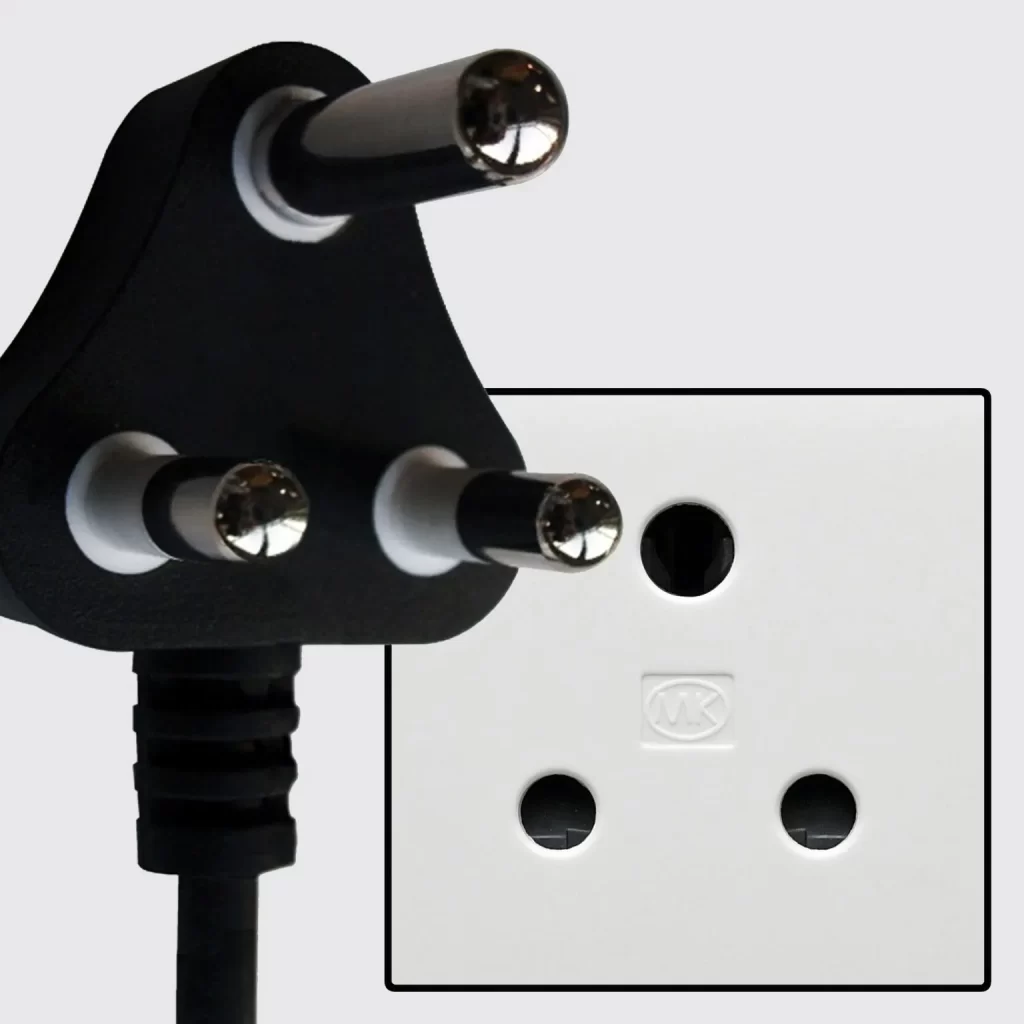
In Hong Kong, they use power sockets (outlets) of type G and D. In Singapore, you have plugs G. You need a power plug adapter in Hong Kong for sockets type D
What plugs do hotels in Singapore use?
Hotels in Singapore usually use G-type plugs, and some hotels have universal plugs.
Can I use Japan plug in Singapore?
Most Japanese plugs are type A or B plugs, while Singapore’s sockets are type G plugs. At the same time, Japan’s standard voltage is 100V (frequency: 60Hz) and Singapore’s standard voltage is 230V (frequency: 50Hz), so voltage conversion is required converters and adapters
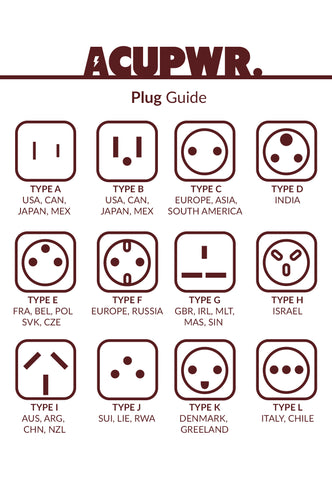
What should I do if my device gets damaged?
If your device gets damaged due to incorrect voltage or plug type, stop using it immediately. Seek professional repair services or consider replacing it if repair is not feasible.
Where can I buy a power plug adapter in Singapore?
You can purchase power plug adapters at most electronics stores, travel accessory shops, or even convenience stores in Singapore.
Is it safe to use a power strip with multiple devices in Singapore?
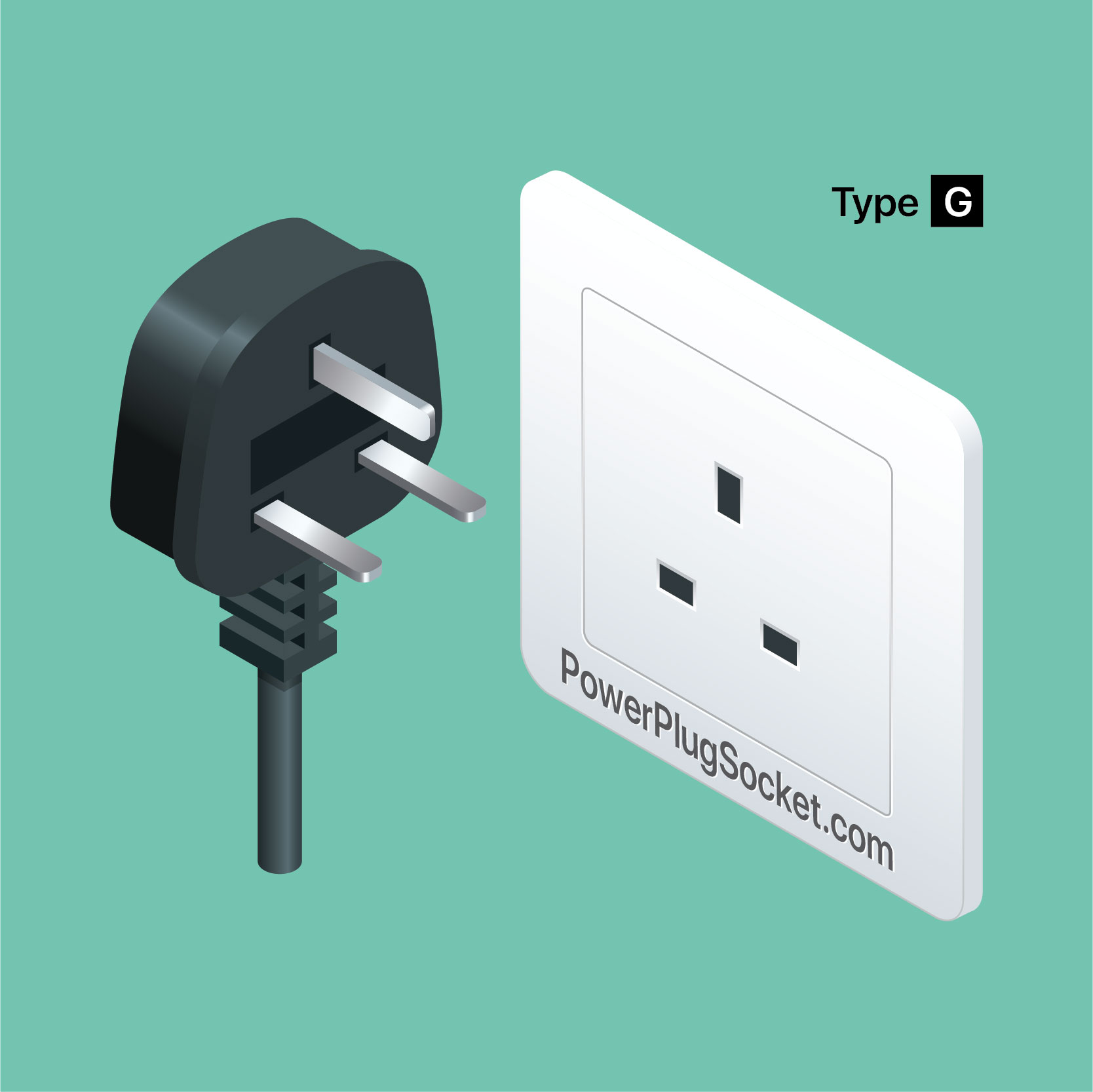
Yes, but ensure the power strip is rated for 230V and has surge protection to safeguard your devices.
Is Singapore socket AC or DC?
AC power is used in Singapore because it provides a less powerful yet more consistent availability of energy. DC energy can sometimes be too powerful, and direct currents are far more difficult to generate than AC power. This is why AC current is the norm in Singapore, and any device that doesn’t use AC current will require an adapter.
- Wowsocket: Your Trusted Track Socket Factory for UK-Compliant Power Solutions
- Track Socket UK: The Ultimate Guide to Choosing and Installing the Right Power Solution
- Track Sockets in the Netherlands: The Ultimate Solution for Smart Homes
- Les Prises de Courant sur Rail en France : La Solution Électrique Flexible et Intelligente pour Votre Maison
- UK Track Sockets: The Ultimate Smart Power Solution for Your Home
11,935 点击次数

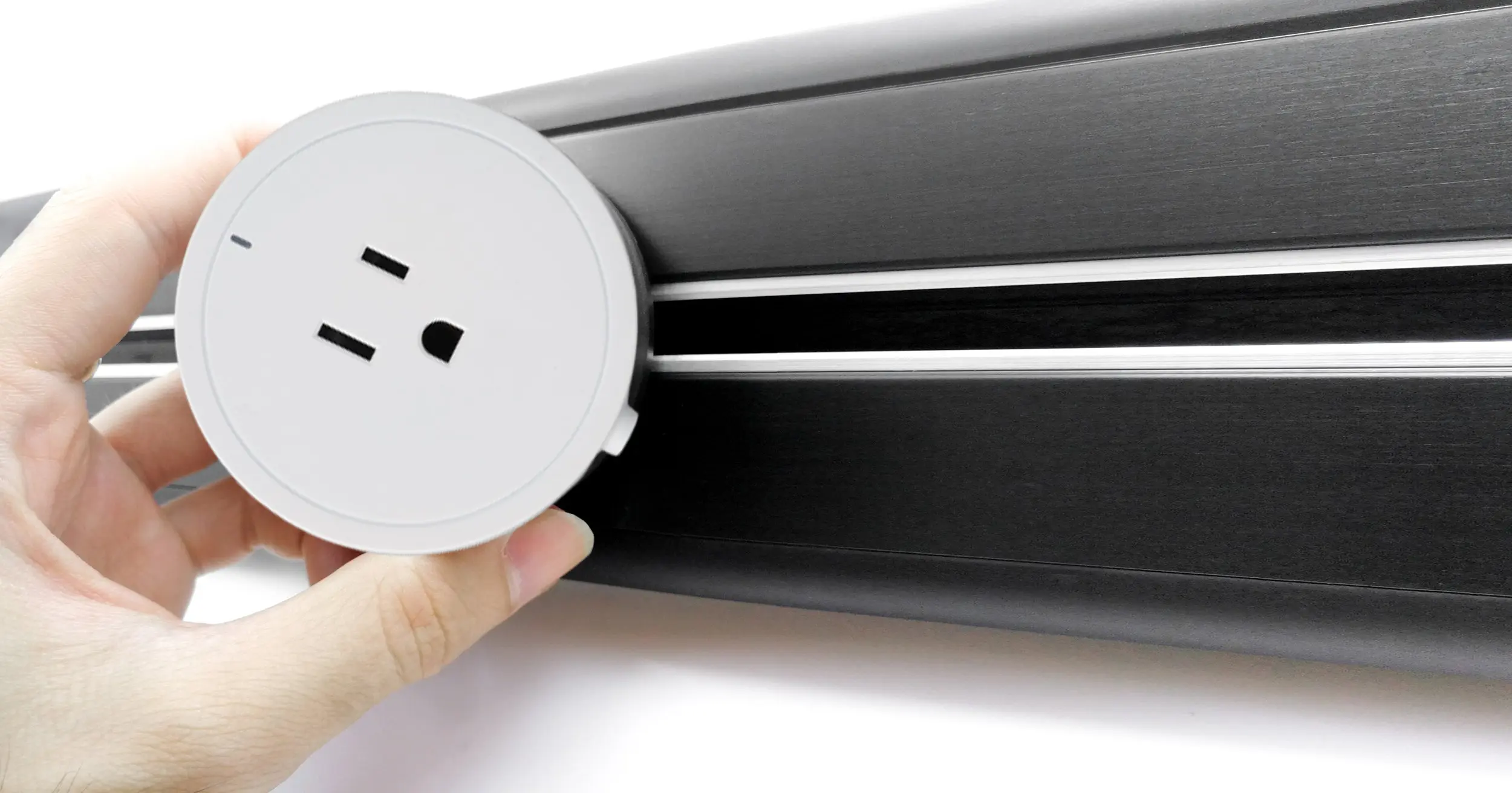
发表回复